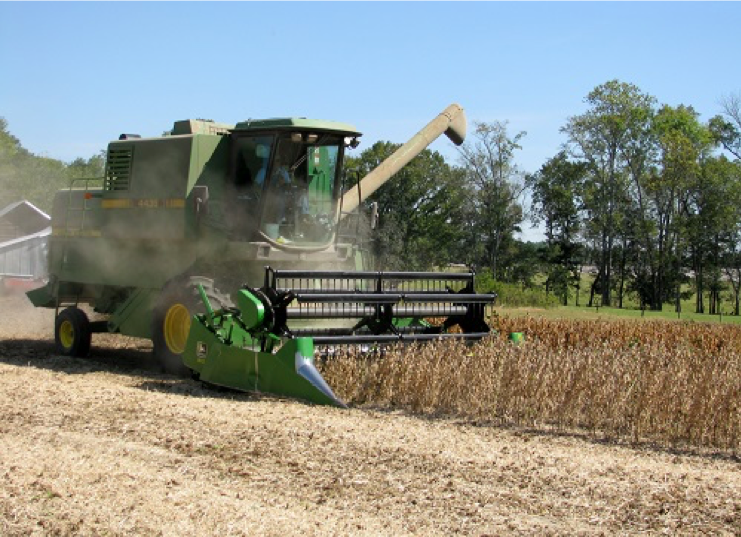Written By: Emily Cabrera, IPM Communications Coordinator
Expert Source: Eric Prostko, Extension Weed Specialist

University of Georgia Extension weed specialist Eric Prostko spoke to growers about current pesticide applicator regulations and weed control strategies for the 2020 season at this year’s Northeast Georgia Soybean Production Meeting in Bowman.
Prostko emphasized starting “clean”, using multiple residual herbicides, making timely postemergence-applications, and using narrow row spacing (< 30”) for good weed suppression in soybeans.
Prostko also updated growers on the current regulatory requirements for using dicamba. “Currently, if you are a grower using dicamba, you have to participate in an annual dicamba stewardship training, known as Using Pesticides Wisely in Georgia. However, a proposal has been submitted by the University of Georgia and Georgia Department of Agriculture requesting that training requirements be moved to every other year. That may or may not happen. So, we’ll be updating everyone on those requirements as soon as we know,” explained Prostko.
He also covered some of the most efficacious chemistries in weed management from 2019 field trials, indicating that all control systems, including Liberty, Enlist and Xtend have been equally effective.
“And I can’t stress enough how important it is that folks rotate herbicides throughout the season, because we all know that repeated use of herbicides with the same mode of action (MOA) can result in the evolution of herbicide-resistant weed populations,” cautioned Prostko. Growers can help delay herbicide-resistance by using multiple MOA’s and hand-weed rogue escapes prior to seed rain.
New Liberty-Link soybean varieties that have been developed by the UGA Soybean Breeding Team in Athens include Southern Harvest 7418 (Meherrin) and AGS 747LL (AGSouth). Both varieties have done well in official UGA variety tests.
“Something we’re seeing lately is growers are shifting away from planting determinate soybeans from Maturity Groups VI and VII and are instead planting more indeterminate high yielders from Maturity Groups IV and V,” explained Prostko.